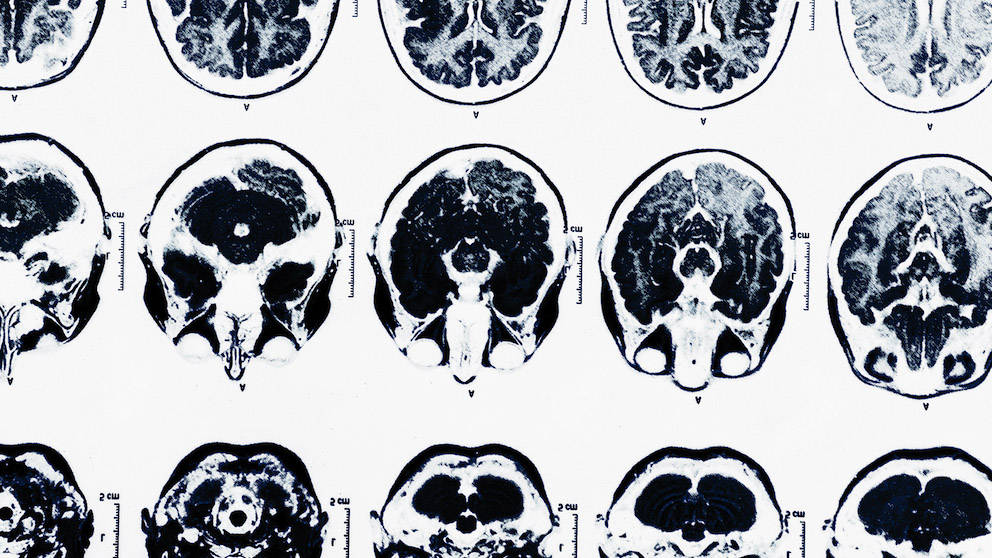
While personalized medicine is an emerging field, the logic behind it is nothing new.
Personalized medicine seeks to prevent and treat disease through analyzing the variables that make each of us our own individual. After all, what is successful for one person may not work for someone possessing different genes, existing in a different environment, and practicing a different lifestyle.
We see a hint of this approach in action whenever a medication label contains a warning about risks for pregnant women, or when a commercial quickly announces that its product should not be used by those with heart disease. The difference between these examples and the future of personalized medicine is that instead of assuming one treatment method will work for everyone except a select few, we hope to begin with one person and determine the treatment that is the best fit specifically for him or her.
A familiar, small-scale example of this manifests in blood typing. Every time a blood transfusion is given, a doctor checks the patient’s personal blood type and selects the blood for his transfusion accordingly. It’s understood that if the blood type isn’t compatible with the patient, his body will reject the transfusion in a potentially fatal response of the immune system.
Personalized medicine takes this idea and applies it to all medical treatments. It does not make sense to give a person with type A blood a type B blood transfusion (even if someone else could receive that same type B blood successfully). In other words, if a treatment is incompatible with the genetic makeup of a patient, it will not work.
Though the medical consequences might not be quite as severe as a transfusion rejection, ineffectual treatment is costly–not just in medical bills, but also in precious time and emotional duress. They can give rise to nasty side effects and false hope during an already painful time, and waste months that could otherwise be used to pursue a more effective (and possibly more affordable) treatment avenue.
We see how our antecedents learned the importance of personalized medicine through the history of using arsenic as a treatment for leukemia. Arsenic, although known to be poisonous, was considered an effective treatment for leukemia (thought to be one disease) after its administration caused a few patients’ conditions to improve in the mid-1800s. Fowler’s solution, composed of 1% potassium arsenite, was indiscriminately prescribed, successful for some but unsuccessful for many. Yet because of those few successes, it became the primary therapy for all leukemia patients.
It turns out that arsenic is indeed an effective treatment for leukemia–but only for a certain type. Following the development of more popular alternatives that have had better success rates with the majority of leukemia cases, a study in 2000 showed that arsenic truly is successful in treating acute promyelocytic leukemia (APL); and following clinical trials, the Food and Drug Administration approved arsenic trioxide for APL in 2000. The lesson about personalized medicine we see here is twofold: we can use personalized medicine a) to avoid relying upon one treatment that we assume works for everyone, and b) to recognize that even if a treatment isn’t right for the majority, it can still have positive results for some, and thus should not be crossed off the list of treatment options.
The goal for the future is that personalized medicine will revolutionize patient care in these ways and more.
Every day, researchers at The Jackson Laboratory study cancer, neurodegenerative disease, bioinformatics, and a variety of other fields with direct implications for the future of personalized medicine. This research into genetics contributes to making treatments safer and more effective for people worldwide.